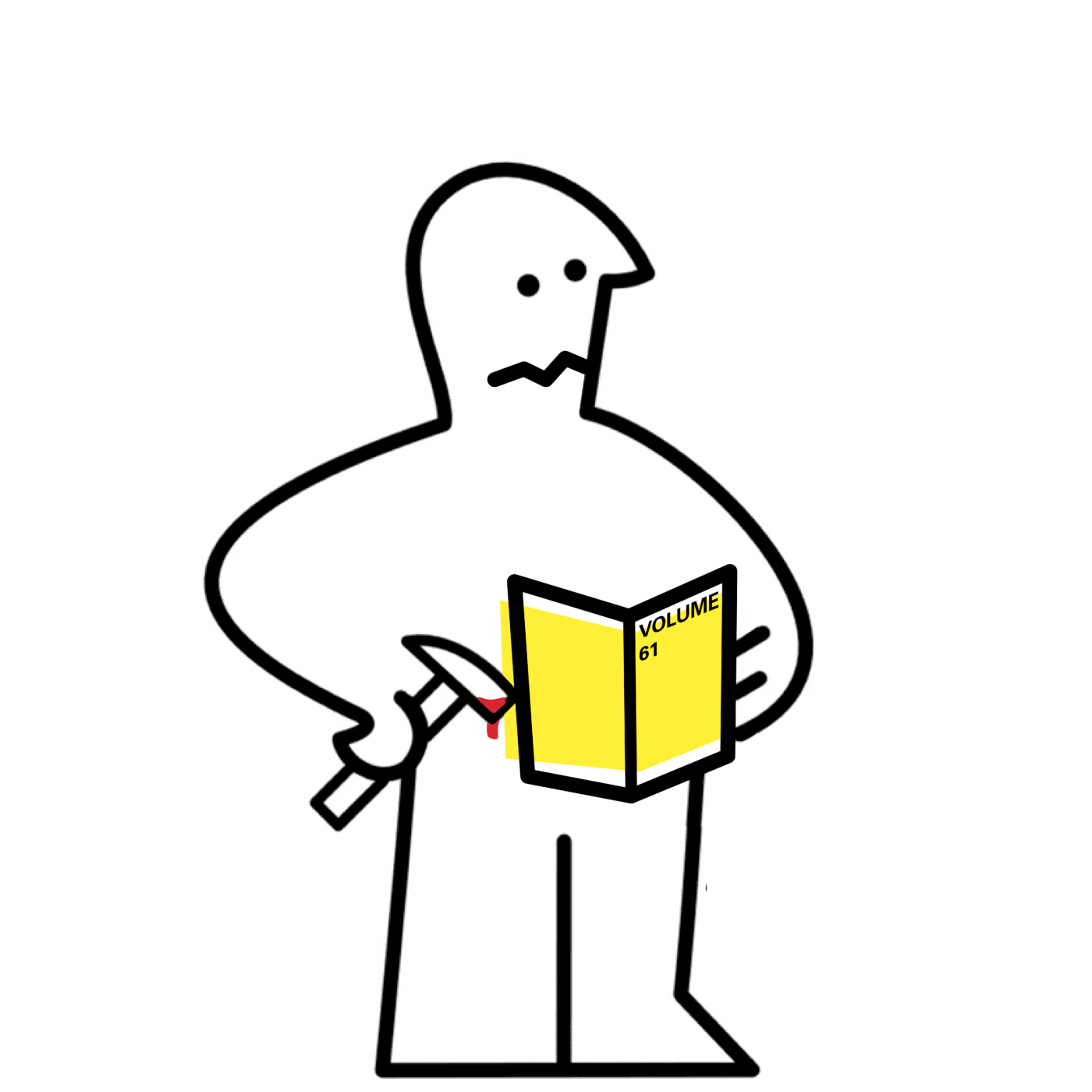
One of the most critical elements in flying for pilots is having situational awareness. Situational awareness means having visual contact with the outside world with a sense of a horizon, knowing position, speed, altitude, fuel levels, and the status of the aircraft itself. If one of these are lost, this doesn’t necessarily create immediate peril. All the other elements are outside of the plane, the ground radar coordinating other traffic, weather input predicting turbulence, the airport’s ILS automated glide path that pulls the aircraft in for landing, the GPS system indicates terrain data and warns for crashing into terrain.
You could argue how architects and designers have increased their situational awareness in the last decades. The instruments on the flight management systems have been upgraded over time with advanced software and building products. The performance of the plane has improved, operating longer-distance, making solid profits, and satisfied passengers. But outside of the plane things have been more shaky. Pulses coming from the ground—institutions, magazines, governments—are weakening. While not acute yet, this inflicts knowing a heading, weather, and traffic data. Until the moment the proximity warning starts blinking. Pull up! Pull up! It was with this impulse that led us to develop new guidance. We don’t want planes to crash.
The second reason for this issue was prolifically expressed in the public hearings concerning President Donald Trump’s Jan 6th coup attempt. An Arizona state official quoted former attorney and NY mayor Rudy Giuliani. Giuliani made a plea to him about the election fraud scam: “We have theories, we just don’t have the evidence.” Three witnesses
to the call all jotted it down with a form of disbelief. This issue of VOLUME is the complete opposite: it’s proof looking for theory. It’s belief, maybe not even in theories, but in ways to insert, land, and consider actual proof, that creates new insights and thus progress.
This is part of the larger editorial shift of VOLUME in which the Fall/Winter issues will be focused guides to help inform practice (say about money, environment, engineering), and the Spring/Summer issue will be larger global reviews, in the spirit of VOLUME.
In the end both come down to a rehabilitation of paying attention. To vital elements of how we conceive our shared built environment, the food we grow, our response to climate change, the way we communicate, and essentially the way we develop and offer insights on the future. So in VOLUME 61 we celebrate four years of pixel farming research (p. 20),
20 years of rethinking how to avoid waste in construction (p. 24), 17 years of the same but in demolition works (p. 54), 5 years of researching diacritics (p. 47), 8 years of rethinking money you make as an architect, 25 years of considering a book but not finishing it (p. 36). In times of terror, we look at the design of violence (p. 44), and its opposite (p. 18) to guide our way out of misery. We offer thoughtful reflections on decades of creating shared guides for building (p. 12), early environmentalism guides (p. 7), what a guide to much needed new monuments could look like (p. 59), and the guide to online guides (p. 63). All condensed into this 13-course menu offered in 68 pages served with a fitting arrangement of 58 additional guides located in our bottom page guide banner offering you direction into all aspects of life: anything for hosting well considered parties to creating complete anarchy.
Enjoy.
Stephan Petermann
Editor-in-Chief